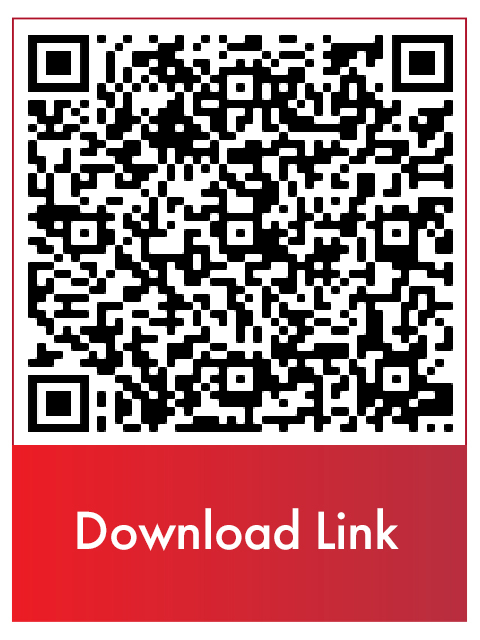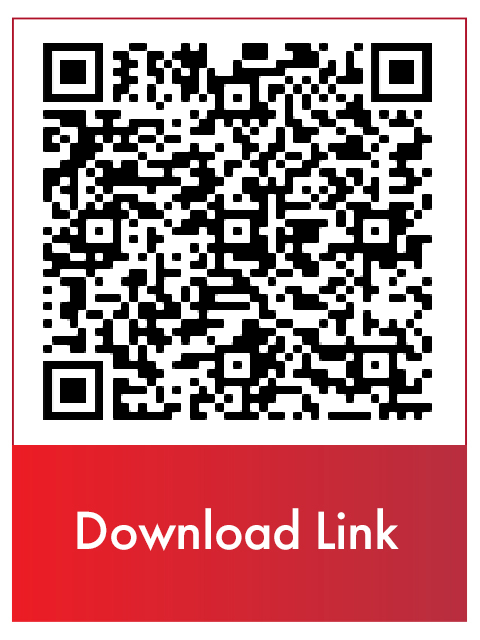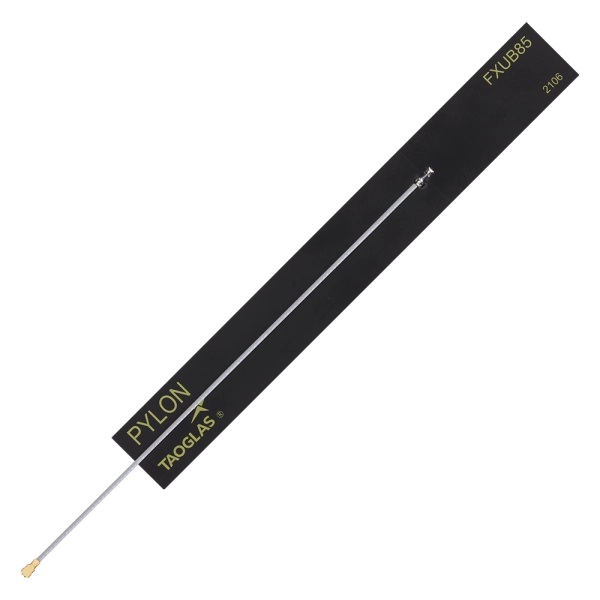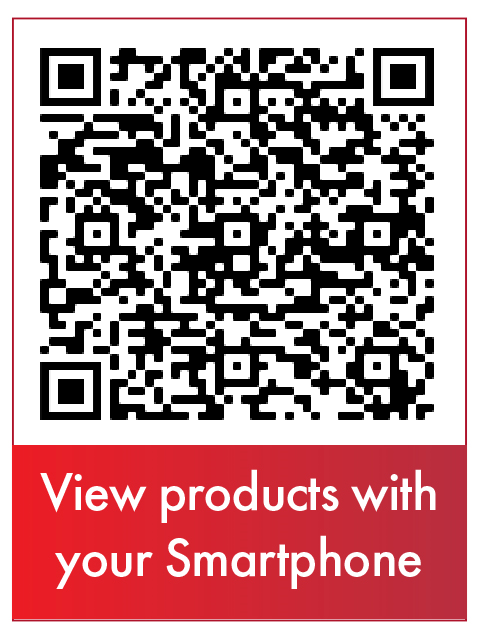
Antenna selection is often one of the most challenging parts of a design even for the most experienced RF engineers. It will be no surprise that it is also fundamental to the performance of any wireless connection and hence one of the most important aspects. Without a well-functioning antenna, the radio link may not be stable and the user’s experience and therefore market acceptance of the product will likely suffer.
Perhaps because it is thought of as hard, we often find that the choice of antenna is often left till last, which can mean compromises in performance, costly redesigns and delays getting a product to market. Sometimes, a project could have adopted a standard design if the selection had been made early but is forced to commission a more costly custom solution to fit the space left over to accommodate it.
But how do you ensure you are selecting the best antenna for your device? The answer to this question is often complex and dependent on many factors relating to how the device is built and deployed. Andrew Pockson, Divisional Engineering Manager at Anglia, has been working with a world leader in antenna design, Taoglas to identify the key considerations that designers need to bear in mind when choosing the right antenna for their product.
Taking the right first steps
The most crucial point is to ensure that the antenna selection is considered at the concept stage of the development cycle because it will influence so many aspects of the electronic and mechanical design. At the concept stage the housing dimensions and PCB layout have not yet been finalised meaning the design can be adapted giving a wider choice of off-the-shelf antenna options to meet the application requirements. This also makes it much easier to achieve an optimal RF performance within the mechanical and electrical constraints of a system as they can be adjusted to suit. Don’t assume an antenna which worked on a previous design will also be suitable for a new design, even minor changes like the layout of the PCB tracks or the enclosure material, including pigments, fillers and coatings can have a substantial influence on the antenna performance. Mechanical complexity can also hamper antenna efficiency due to parasitic coupling from metals nearby the antenna, or from metals blocking the radiation path around the antenna.
It is possible to integrate the antenna during later stages of the design cycle, however design flexibility will be constrained and there is a much greater risk of failing to meet the performance metrics in the finished design leading to potentially expensive redesign and additional compliance testing.
At the concept stage when the RF performance and mechanical specifications are being defined, we recommend designers contact us for help achieving performance goals, good RF performance in the field and to meet any regulatory and operator approvals that may be required. By utilising Anglia and Taoglas experienced engineers, real industry experience and an unparalleled range of antennas we can help customers achieve a solid reliable process to ensure product success.
Types of antennas
There are many diverse types of antennas, but for the most part they can be separated into one of two categories: embedded or external. Generally, a combination of the aesthetic design and RF performance will influence the type of antenna selection, for example on a portable device such as a tablet or phone, embedded antennas are desirable because they can be hidden out of sight inside the enclosure, conversely for vehicles or industrial equipment the only viable option may be to use an external antenna in order to achieve suitable performance due to the common use of metal enclosures around the electronics.
 In the case of embedded antenna, it should also be noted that performance loss is not an uncommon occurrence at the lower bands especially when the antenna is coupled to a short host circuit board such as those used in compact devices like telematics, tracking, medical and metering products. Taoglas have a new patent pending “Boost” innovation which helps compensate for these losses in the lower bands by making the PCB ground plane look electrically longer to the antenna, while not physically lengthening it. Boost technology can improve performance by 1.5dB to 2dB in critical lower band efficiency for embedded on board antenna applications. This equates to efficiency boosts of 20%+ and can be used for any antenna to improve efficiency particularly in the 600-1000MHz regions where the common ISM bands are found. Taoglas have produced a whitepaper detailing how Boost technology can be used to improve antenna performance, click or scan the QR code to download the whitepaper.
In the case of embedded antenna, it should also be noted that performance loss is not an uncommon occurrence at the lower bands especially when the antenna is coupled to a short host circuit board such as those used in compact devices like telematics, tracking, medical and metering products. Taoglas have a new patent pending “Boost” innovation which helps compensate for these losses in the lower bands by making the PCB ground plane look electrically longer to the antenna, while not physically lengthening it. Boost technology can improve performance by 1.5dB to 2dB in critical lower band efficiency for embedded on board antenna applications. This equates to efficiency boosts of 20%+ and can be used for any antenna to improve efficiency particularly in the 600-1000MHz regions where the common ISM bands are found. Taoglas have produced a whitepaper detailing how Boost technology can be used to improve antenna performance, click or scan the QR code to download the whitepaper.
 When specifying an external antenna, careful consideration also needs to be given to the cable assembly that connects the antenna to the PCB to achieve optimum performance, fortunately Taoglas have an intuitive custom cable building tool on their website which simplifies this process, click or scan the QR code to try it.
When specifying an external antenna, careful consideration also needs to be given to the cable assembly that connects the antenna to the PCB to achieve optimum performance, fortunately Taoglas have an intuitive custom cable building tool on their website which simplifies this process, click or scan the QR code to try it.
The full Taoglas portfolio covers embedded and external antenna, it includes antenna designed to meet the aesthetic requirement of the end equipment as well as ruggedized versions with high tolerance to impact and moisture ingress protection allowing for use in the harshest of environments. There are a range of mounting options available, for embedded these include off PCB cable mount, SMD or through hole PCB mount, and for external there is a choice of screw or bolt, magnetic, adhesive, cable or terminal connector mount.
Which frequency spectrum does the equipment need to operate in?
This will be defined by the end application, i.e., GNSS, Bluetooth, Wi-Fi, Cellular all have dedicated frequency spectrums they are specified to operate in and some of these bands will also be subject to regulatory compliance.
Frequency bands may differ by region such as in the case of cellular, for example each cellular service provider uses multiple frequency bands to ensure maximum coverage. Taoglas have antenna which cover these multiple frequency bands in a single device allowing equipment to operate globally without the inconvenience of requiring different antennae to be fitted for each region.
 A good example of this is the recently released Taoglas Pylon FXUB85 flexible PCB antenna. Designed for the next generation of connectivity, this antenna operates from 600MHz to 8 GHz providing best-in-class performance for all 5G sub 6 GHz (FR1) and Wi-Fi 6 applications, it features the widest bandwidth of any flex antenna currently on the market.
A good example of this is the recently released Taoglas Pylon FXUB85 flexible PCB antenna. Designed for the next generation of connectivity, this antenna operates from 600MHz to 8 GHz providing best-in-class performance for all 5G sub 6 GHz (FR1) and Wi-Fi 6 applications, it features the widest bandwidth of any flex antenna currently on the market.
Standard or Custom solution?
Taoglas is a global leader in advanced antenna designs. Using the latest in high-performance RF antenna design, they have one of the most comprehensive portfolios of external and embedded antennas and RF components available in the industry. Their antenna solutions cover a wide range of advanced applications including positioning, imaging, audio, IoT and artificial intelligence technologies. The Taoglas antenna range covers all the most common frequency bands ensuring a suitable off-the-shelf antenna is readily available across a wide range of applications from cellular to LPWA and even satcom.
We have outlined some of the key steps when choosing an off-the-shelf antenna to meet the design and performance criteria, however for some applications the best solution may be a custom designed antenna. In these instances, Taoglas also offer a custom service allowing designers to specify the exact antenna configuration required, this can be as simple as specifying the length of the cable or the connector used all the way up to a fully customised antenna.
Design support
Anglia offers support for customer designs with free evaluation kits, demonstration boards and samples of Taoglas products via the EZYsample service which is available to all registered Anglia Live account customers.
Anglia’s engineering team are also on hand to support designers with RF based designs and can offer advice and support at component and system level. This expertise is available to assist customers with all aspects of their product design, providing hands on support and access to additional comprehensive Taoglas resources including technical application notes, whitepapers, reference designs and online tools to help designers narrow down the antenna options by application, technology or frequency band.
Visit www.anglia-live.com to see the full range of Taoglas products available from Anglia.






